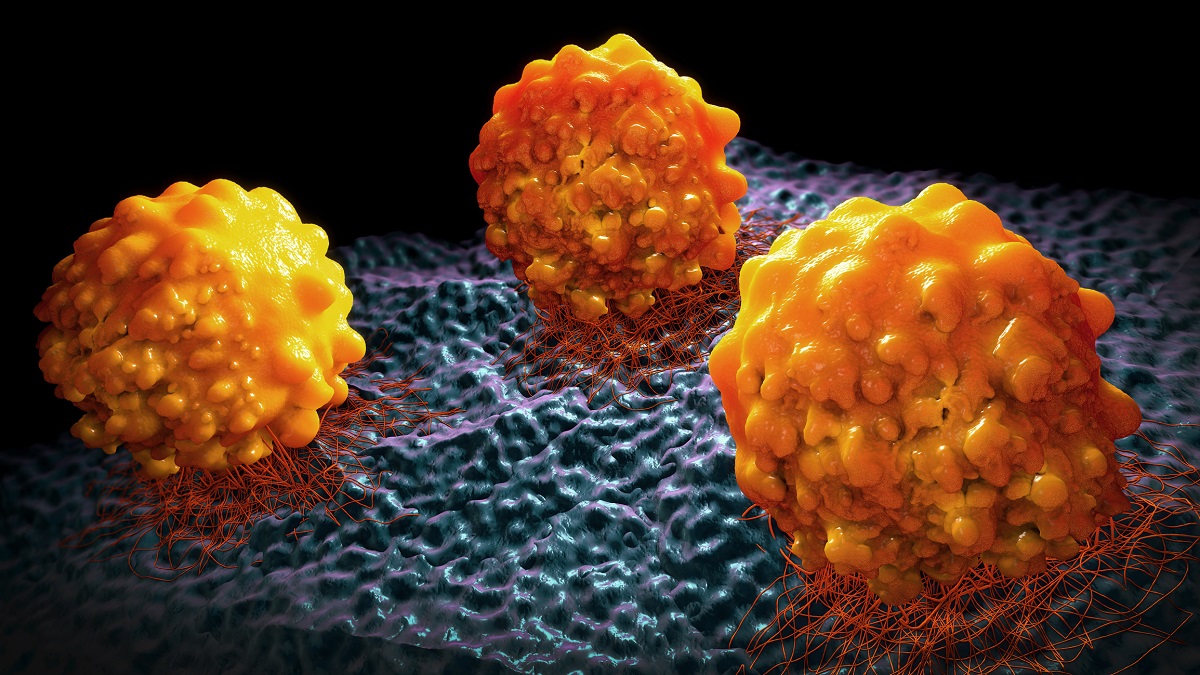KEY TAKEAWAYS
- The study aimed to evaluate the efficacy and safety of HD-MT with or without IT-MT and WBRT for PCNSL.
- The results showed no significant difference in efficacy between HD-MT alone or with IT-MT plus radiotherapy, with manageable side effects.
Primary central nervous system lymphoma (PCNSL) is a rare and aggressive type of lymphoma. Effective and well-tolerated treatments are crucial for managing PCNSL. Using high-dose methotrexate (HD-MT), with or without intra-thecal methotrexate (IT-MT), combined with whole-brain radiotherapy (WBRT) is a potential treatment strategy for PCNSL.
Denny Handoyo Kirana and the team aimed to assess the efficacy and safety of using HD-MT, with or without IT-MT, and WBRT in treating PCNSL.
Researchers searched PubMed, EMBASE, and the Cochrane Library for relevant studies. The search terms were “high-dose methotrexate,” “primary central nervous system lymphoma,” “intrathecal methotrexate,” and “whole-brain radiotherapy.”
The study included randomized controlled trials (RCTs), cohort studies, and case-controlled studies that evaluated HD-MT, with or without IT-MT, and WBRT for treating confirmed PCNSL. Data were extracted by 2 independent reviewers and they assessed the quality of the studies.
The primary outcomes measured were overall survival (OS), progression free survival (PFS), and treatment-related adverse events (TRAEs). Secondary outcomes were assessments of neurological function and quality of life (QOL). The Cochrane Risk of Bias Tool for randomized trials and the Newcastle-Ottawa Scale for observational studies were used to assess the risk of bias in each study.
The search identified 5 studies that were 1 RCT, 3 cohort studies, and 1 case-controlled study. Pooled analysis indicated that HD-MT with or without IT-MT, combined with WBRT, significantly improved both OS and PFS compared to other treatment modalities.
However, there was no significant difference between patients who received HD-MT with or without IT-MT. Combination therapy was generally well-tolerated and showed manageable TRAEs. Subgroup analyses based on age, disease stage, and other factors showed consistent efficacy and safety across different patient populations. The risk of bias assessment indicated that most included studies had a low to moderate risk of bias.
The study found no significant difference between using HD-MT with or without IT-MT, alongside radiotherapy, in treating PCNSL. Both treatment modalities demonstrated comparable efficacy.
The combination therapy was generally well-tolerated and had manageable TRAEs, highlighting the favourable safety profile of HD-MT with potentially fewer side effects compared to using IT-MT in combination with this treatment strategy.
No funding was provided.
Source: https://pubmed.ncbi.nlm.nih.gov/39295398/
Kirana DH, Wijovi F, Angelica V, et al. (2024). “High-dose methotrexate with and without intra-thecal methotrexate and whole-brain radiotherapy for primary central nervous system lymphoma: a systematic review.” Chin Clin Oncol. 2024;13(Suppl 1):AB080. doi:10.21037/cco-24-ab080



